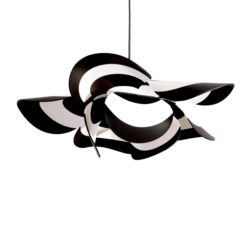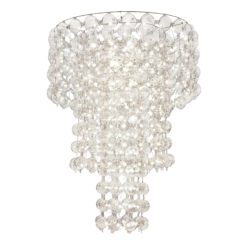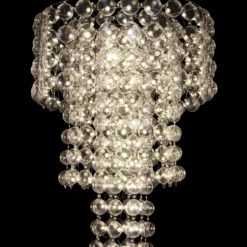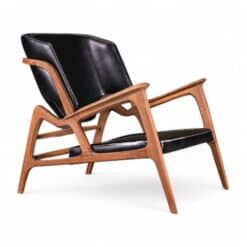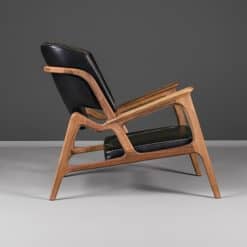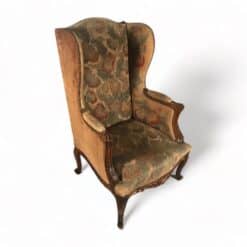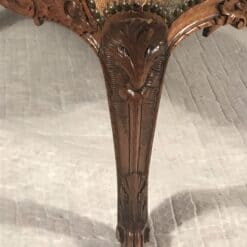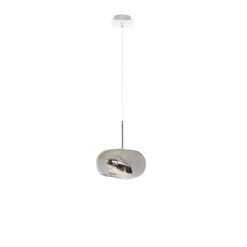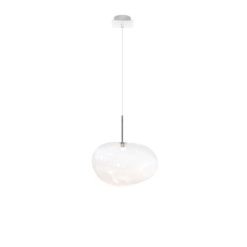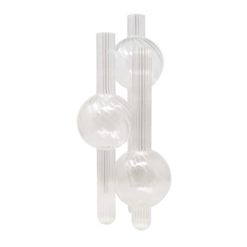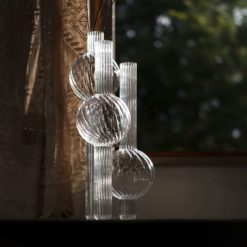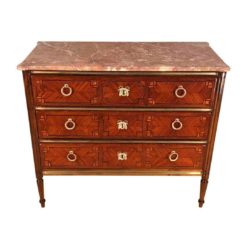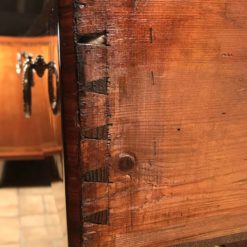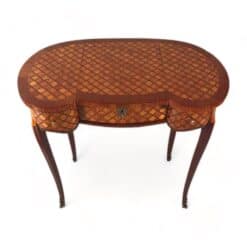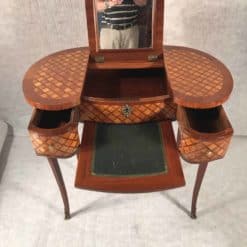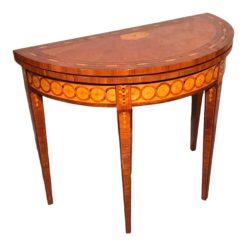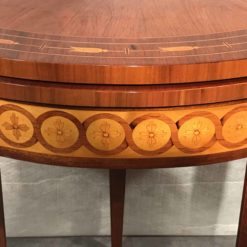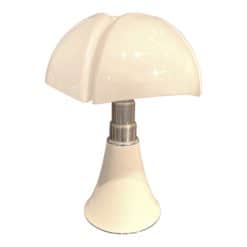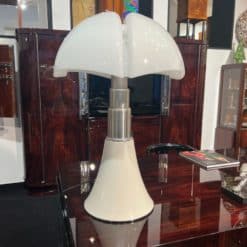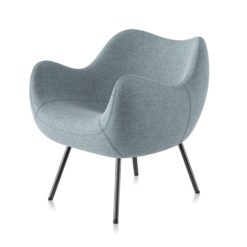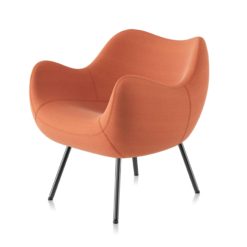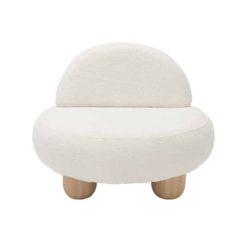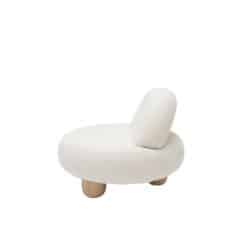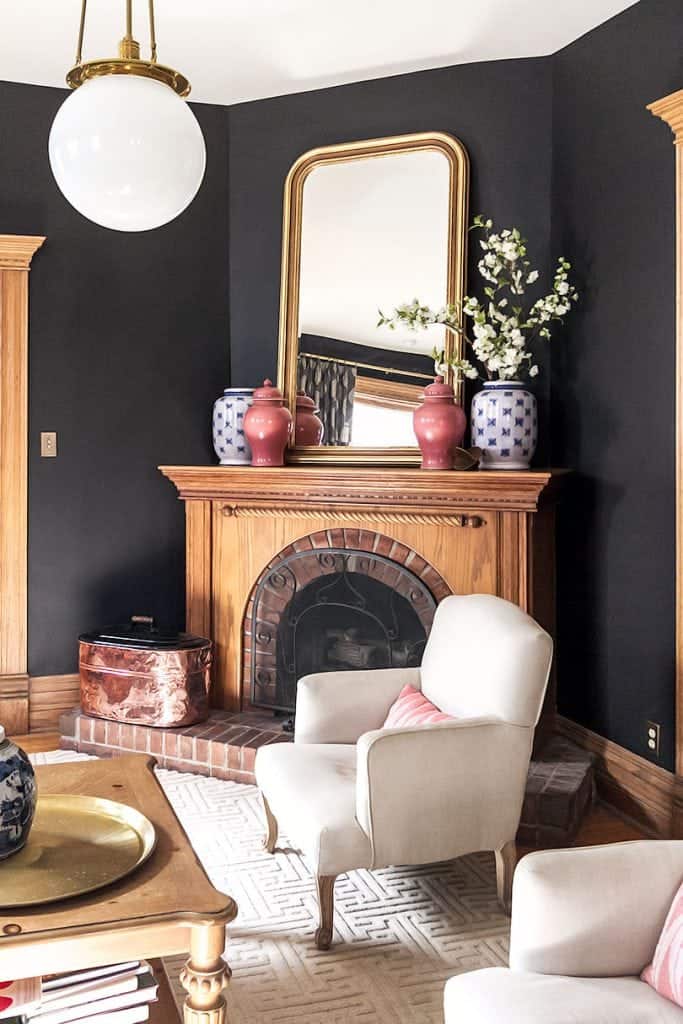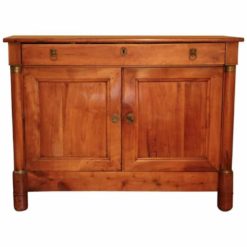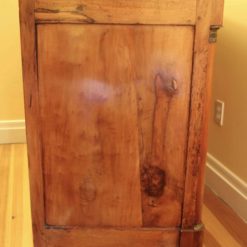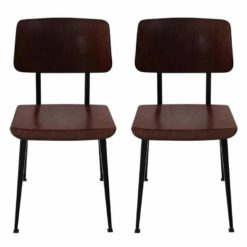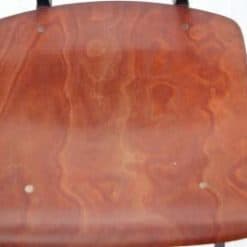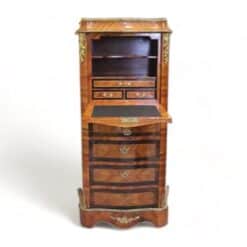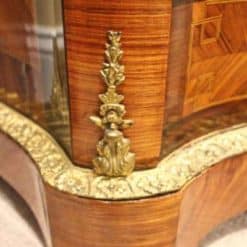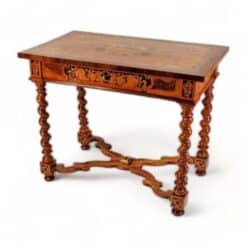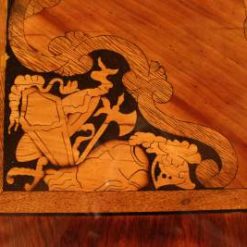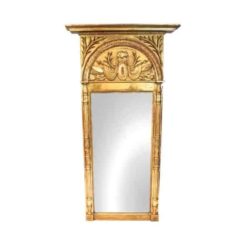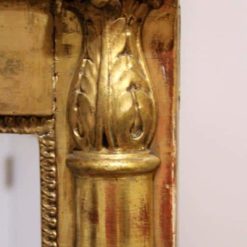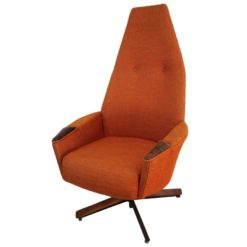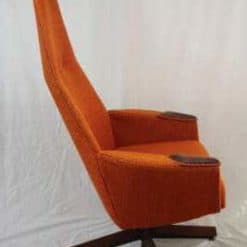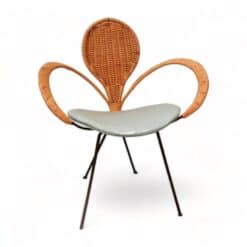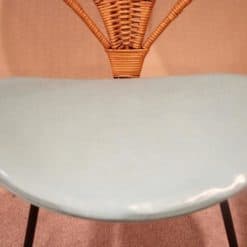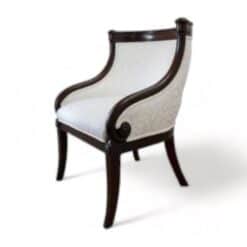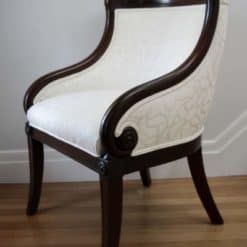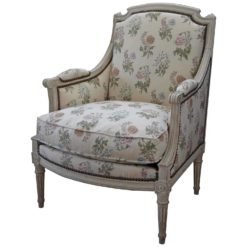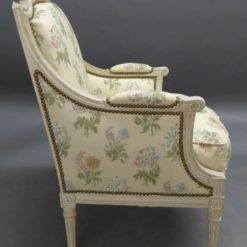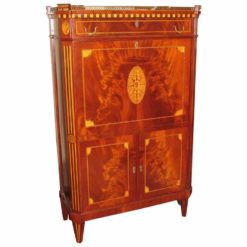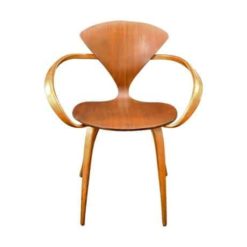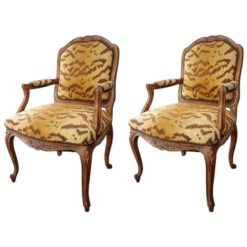Best Sellers
Styylish History
Louis Philippe Style Furniture History
Louis Philippe Style Furniture
Louis Philippe ruled France between 1830 and 1848. This style became fashionable during his reign, eventually getting its name from the monarch.
Louis Philippe pieces remain highly sought-after and stylish items. Its characteristics reflect the 19th century French design called rococo revival.
In the years following the French Revolution, former aristocrats returned to their homes only to find many of their belongings seized and sold.
After Charles X issued reparations, wealthy families were once again able to purchase high-quality furniture. Cabinetmakers resumed the tradition of innovative design.
The increasingly affluent middle class also sought well-made pieces, leading to a higher demand for French furniture.
Many of these people, while wealthy, lived in small houses and apartments. Their need for pieces that fit in their homes resulted in pieces that are still highly sought-after because of their small size.
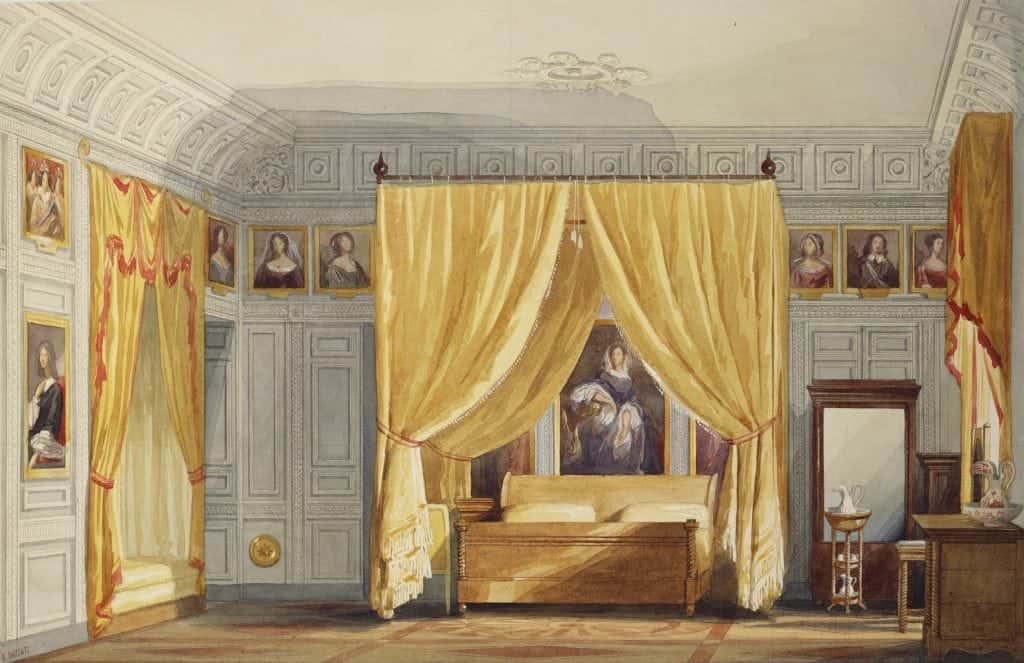
Characteristics
For the first time, the developing upper class–not the monarchy–influenced the progression of this style’s characteristics.
However, King Louis Philippe’s personality still inspired many aspects. His casual nature reflected this style’s informal, comfortable build.
Fine furniture no longer was restricted to royalty and aristocrats. Designs turned from extravagant and formal to refined and polished.
Until this time, furniture was solid individually. However, the blooming Industrial Revolution meant that furniture could be produced faster, and furniture sets became more frequent.
Furniture was functional, elegant, but still very simple. These characteristics have helped contribute to the style’s longevity.
Louis Philippe furniture characteristics include clean, rounded, gentle lines (doucine) and sparse adornment.
Dark woods like mahogany, rosewood, walnut were the most popular materials. A focal point of Louis Philippe furniture is the color and grain of the woods used for constructing pieces.
Furniture makers selected woods that accentuated the fluidity of the lines.
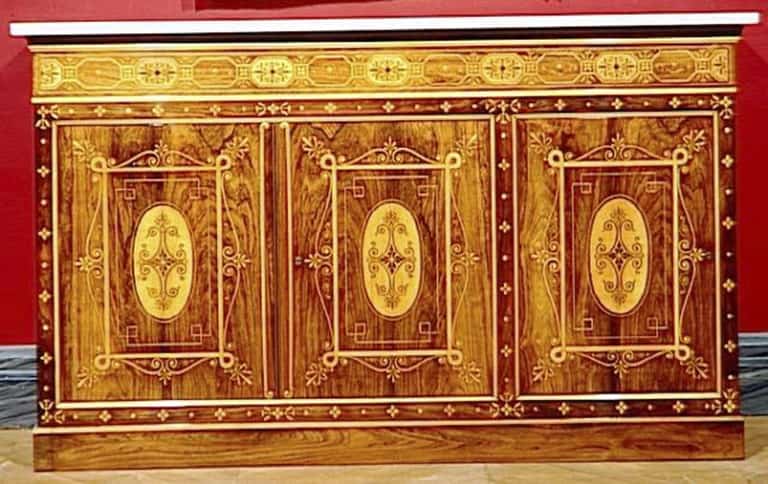
Essential Louis Philippe Furniture Pieces
Louis Philippe furniture has a lasting style that is simple to incorporate in any home. During this time, cabinetmakers produced several novel designs.
The Sleigh Bed
The sleigh bed is a trademark Louis Philippe piece. The curvilinear lines of the headboard, which is higher than the footboard, resemble a sleigh.
Cabinetmakers traditionally crafted sleigh beds from dark woods, but some modern ones use lighter woods or even metal.
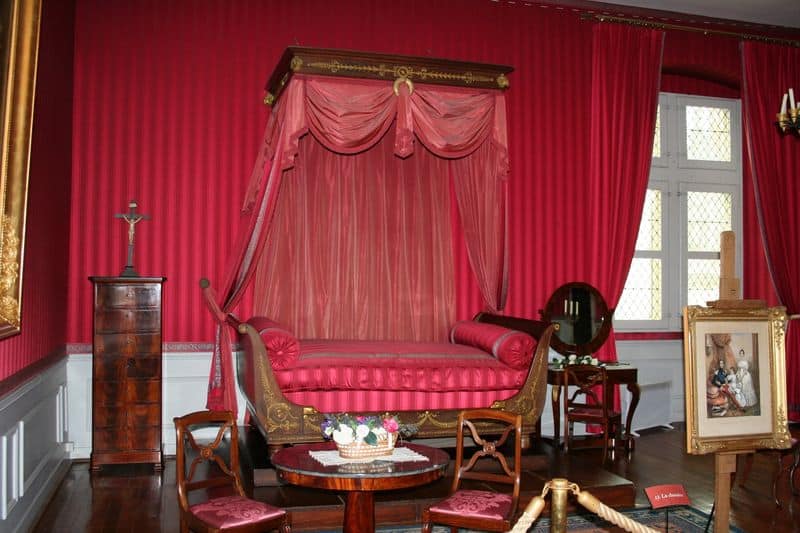
Tables
This period in French design saw a rise in the popularity of several small tables.
Writing and work tables were common, and so were dressing tables furnished with an oval mirror. The legs of these smaller tables were often in the shape of a lyre or an S.
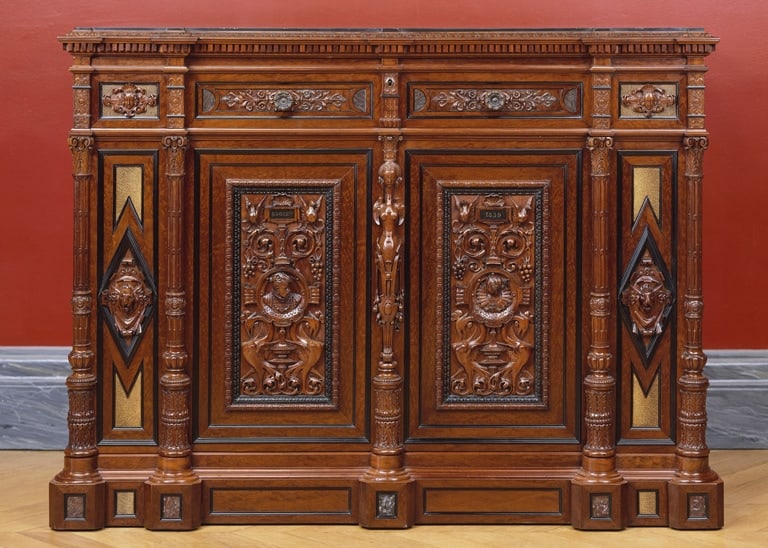
The Louis Philippe commode is a typical example of this design. This piece was solid and dense, with a marble surface top.
Fine marquetry covered the front of the commode, featuring designs like oak leaves, palmettes, and related fauna and vegetation.
When originally produced, a small layer of a light wood with a dark wood inlay like rosewood or mahogany covered the front of the commode.
But over time, dark woods became the more popular choice for coverings. Sycamore, holly, and lemonwood became the materials of choice for lighter-colored wood inlays.
Generally, Louis Philippe dining tables are oval-shaped and have leaves for adjusting its size.
Fluted legs and pedestal bases were the most common supports during this period. These pedestals frequently were fluted and raised on a tripod.
Like other Louis Philippe pieces, coffee tables from this period also lacked extra decoration. But, the wood and veneers used added plenty of interest to the designs. At times, cabinetmakers added metal accents for some adornment.
Commodes, desks, and other tables made during this period were often covered in a rich cherry finish to complement the appearance of the natural wood. Marble tops were common for table and desk surfaces.
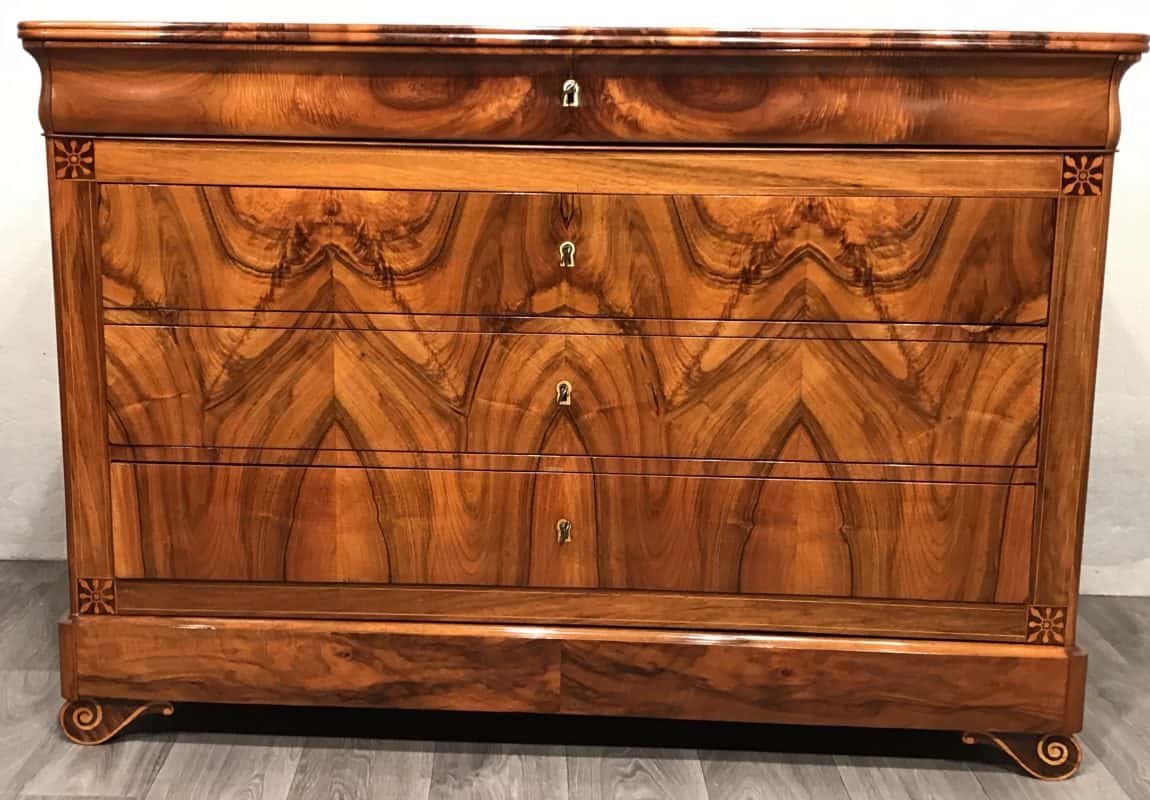
Seating
Like tables and desks, Louis Philippe sofas had fluted legs. Sofa and chair backs and arms were tightly curved, intended to envelop the user.
The Voltaire and gondola chairs, which gained popularity during the Restoration, continued as fashionable accent pieces in many French homes.
Framed in carved wood, the Voltaire armchair featured short legs, a low seat, and high back.
The growing desire for comfortable and functioning seating led many cabinetmakers to include new spring coils inside the upholstery.
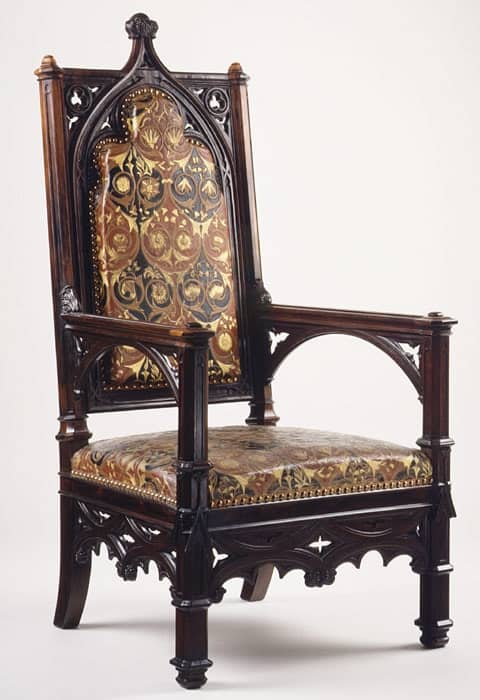
Notable Louis Philippe Period Cabinetmakers
Georges-Alphonse Jacob Desmalter (1799-1870)
One of the most influential craftsmen of the Louis Philippe style is Georges-Alphonse Jacob Desmalter.
Desmalter was a Parisian cabinetmaker and the grandson of Georges Jacob, the legendary cabinetmaker for Louis XVI.
When Louis Philippe made the Tuilleries Palace his new residence in the 1830s, he placed Desmalter in charge of the design for new pieces.
Additionally, Desmalter worked for the Garde-Meuble de la Couronne under both Charles X and Louis Philippe.
In 1847, Desmalter retired from cabinetmaking to focus on architecture.
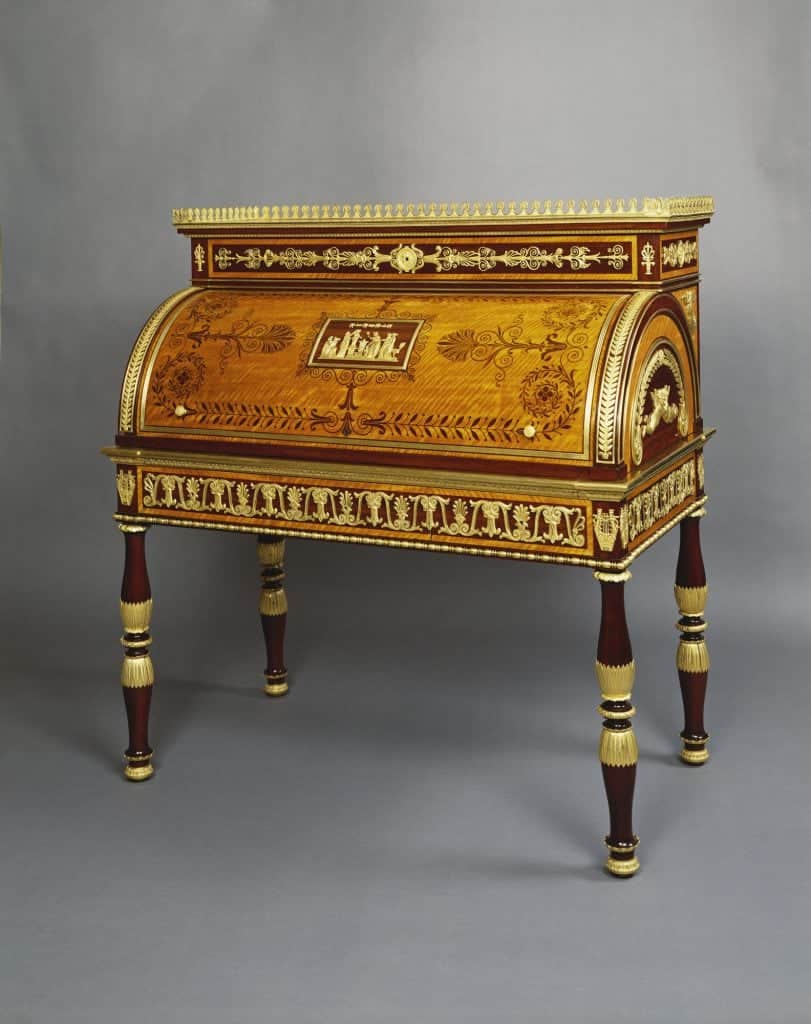
Pierre-Antoine Bellangé
Pierre-Antoine Bellangé (1757-1827) was another important cabinetmaker of this time. His innovations contributed to the Louis Philippe style as well as Gothic-style furniture.
Bellangé’s designs highlighted the compact wood grain in the mahogany used to construct his pieces. He also used gilded bronze and relief embellishments for additional emphasis on the texture.
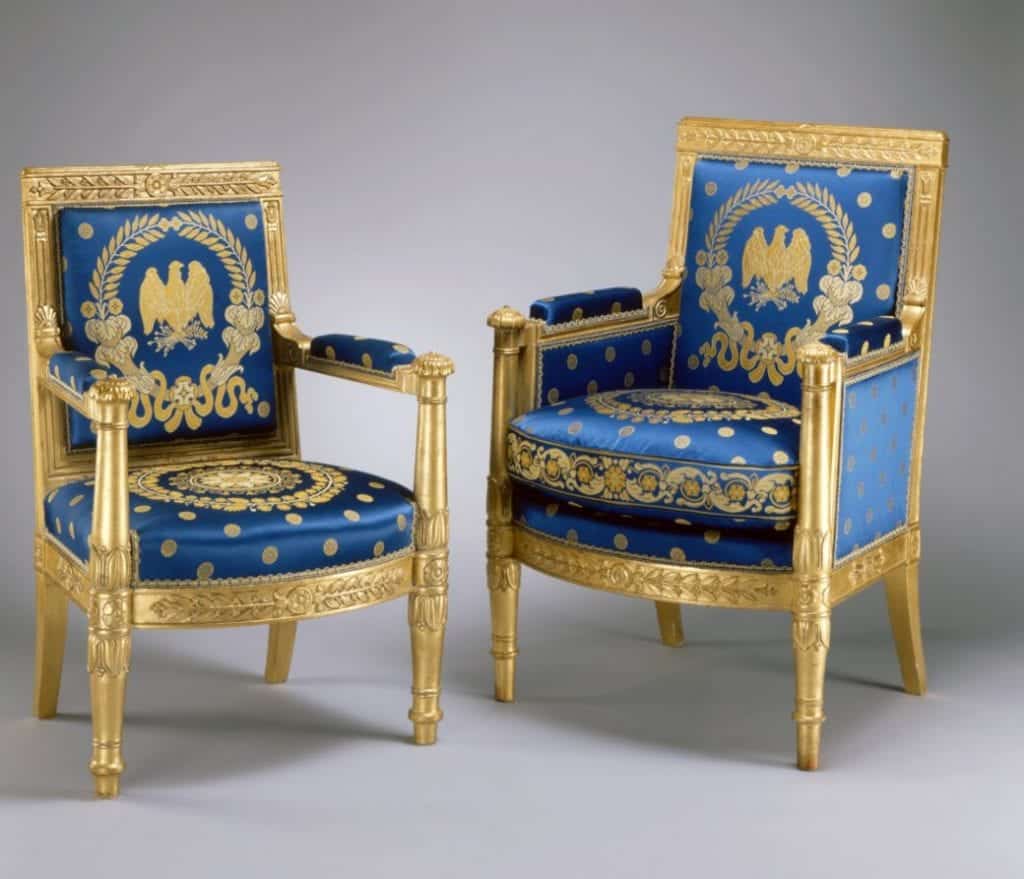
Guillaume and Jean-Michel Grohé
The Grohé brothers worked as partners from 1829 until Jean Michel’s retirement in 1861. Guillaume continued his career until 1884.
The Grohé brothers had a prolific reputation in French furniture design. In 1834, they presented at the French Industrial Exhibition and found great success.
Guillaume produced pieces for several royal homes, from Queen Victoria to Louis Philippe. Although he preferred Louis XVI designs, his furniture pulls from multiple styles.
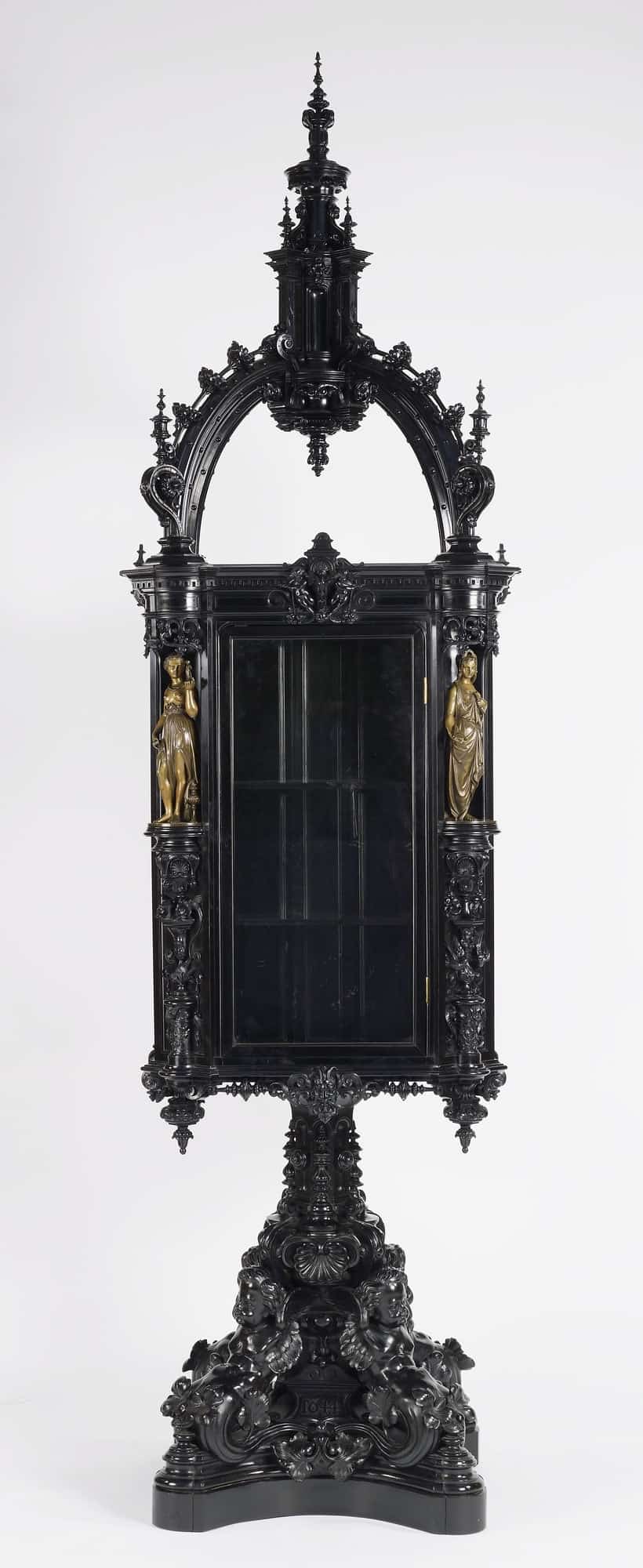
Styylish
Visit the Shop for a wide range of beautiful and one-of-a-kind antique pieces.
Then, check out the Blog for more antique furniture history, style tips, and more.

